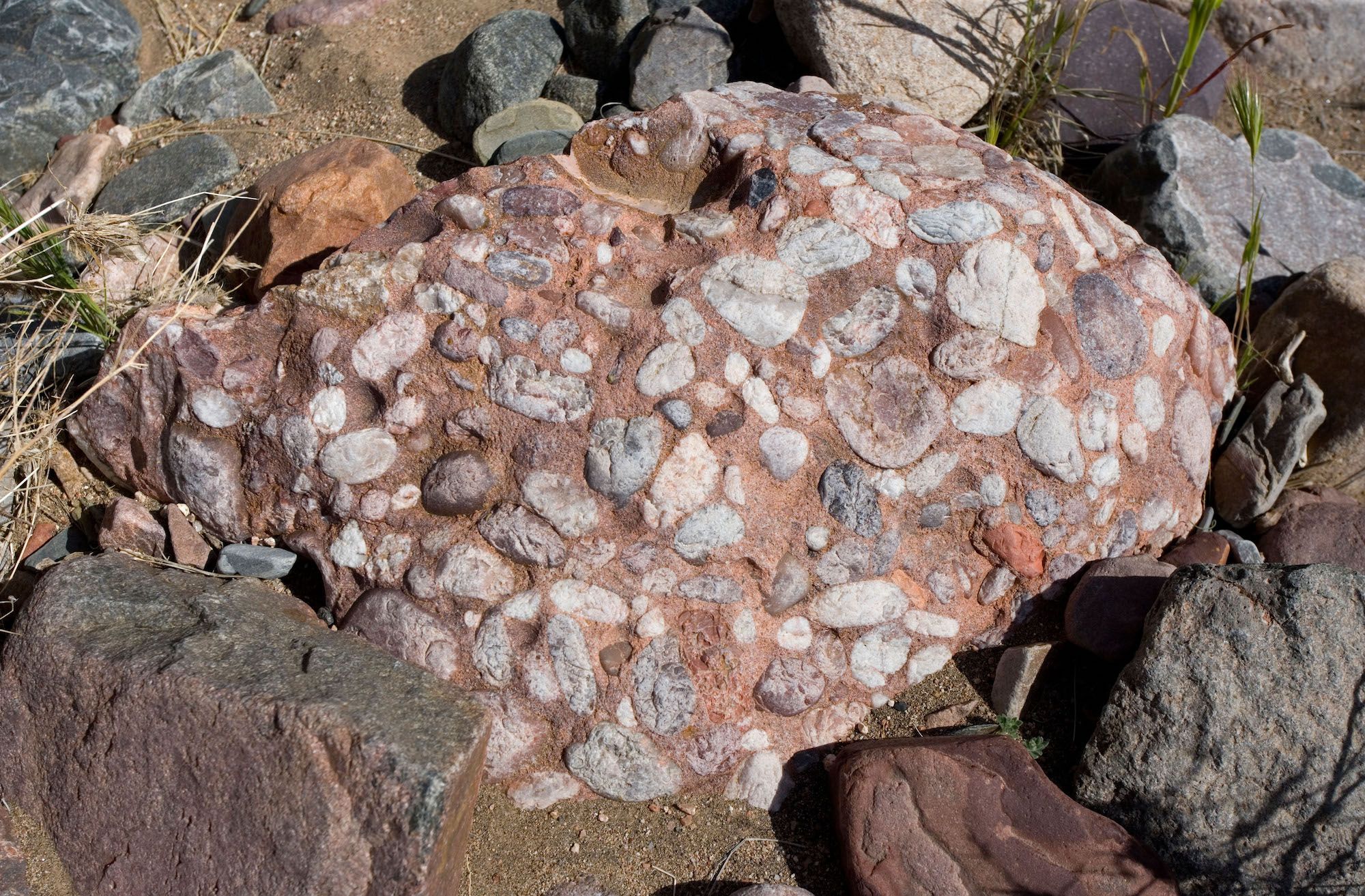Which of the Following Processes Produce Sedimentary Clasts
Dreimanis 1989 against an obstruction or when the frictional resistance between a clast and the underlying substrate exceeds the frictional drag of the glacierSubglacial traction tills are usually very dense with a low water. Found as clasts in many ancient sedimentary rocks has been successfully used for establishing very old dates including the age of Earths oldest known rocks.

Sedimentary Rocks National Geographic Society
Bedrock refers to the solid rock that makes up the Earths outer crustWeathering is a process that turns bedrock into smaller particles called sedimentMechanical weathering includes pressure expansion frost wedging root wedging and salt expansionChemical weathering includes carbonic acid and hydrolysis dissolution and.

. Knowing that zircon minerals in metamorphosed sediments came from. James Hutton see Chapter 1 realized geologic processes are slow and his ideas on uniformitarianism ie the present is the key. Pieces of broken rock produced by physical weathering are called clasts.
Subglacial traction till results from the lodgement of glacial debris beneath a glacier by pressure melting or other mechanical processes eg. A well-sorted clastic rock is made up of a wide range of particle sizes. When the Execute p1 button is clicked the javascript function p1 is executed.
50 pointsThe textarea shown to the left is named ta in a form named f1It contains the top 10000 passwords in order of frequency of use -- each followed by a comma except the last one. For the sedimentary environment shown complete the three missing parts of the sentence using the setting type of clasts and resulting rock type. Conglomerate consists of a single grain size.
52 Weathering and Erosion. Supra-subduction zone volcanoes record the chemical transfer of sedimentary and igneous material from the subducting plate to the overlying mantle and lithosphere. Which of the following statements is true.
This transfer is thought to preferentially involve fluid-mobile elements which swamp the signature of similar trace elements in the supra-subduction mantle. A mountain range underlain by sedimentary rocks might produce a net CO 2 source to the atmosphere or be CO 2 neutral whereas volcanic rocks are more likely to be efficient CO 2 sinks. Fig 9 This figure shows a reef setting that would mostly have coral shells and remains of marine organisms sedimentary material and would produce limestone sedimentary rock type.
Using high-resolution isotope measurements. All well-rounded clasts are also spherical.

Grain Shape Geology Is The Way

Sedimentary Rocks And Processes

9 1 Clastic Sedimentary Rocks Physical Geology First University Of Saskatchewan Edition

No comments for "Which of the Following Processes Produce Sedimentary Clasts"
Post a Comment